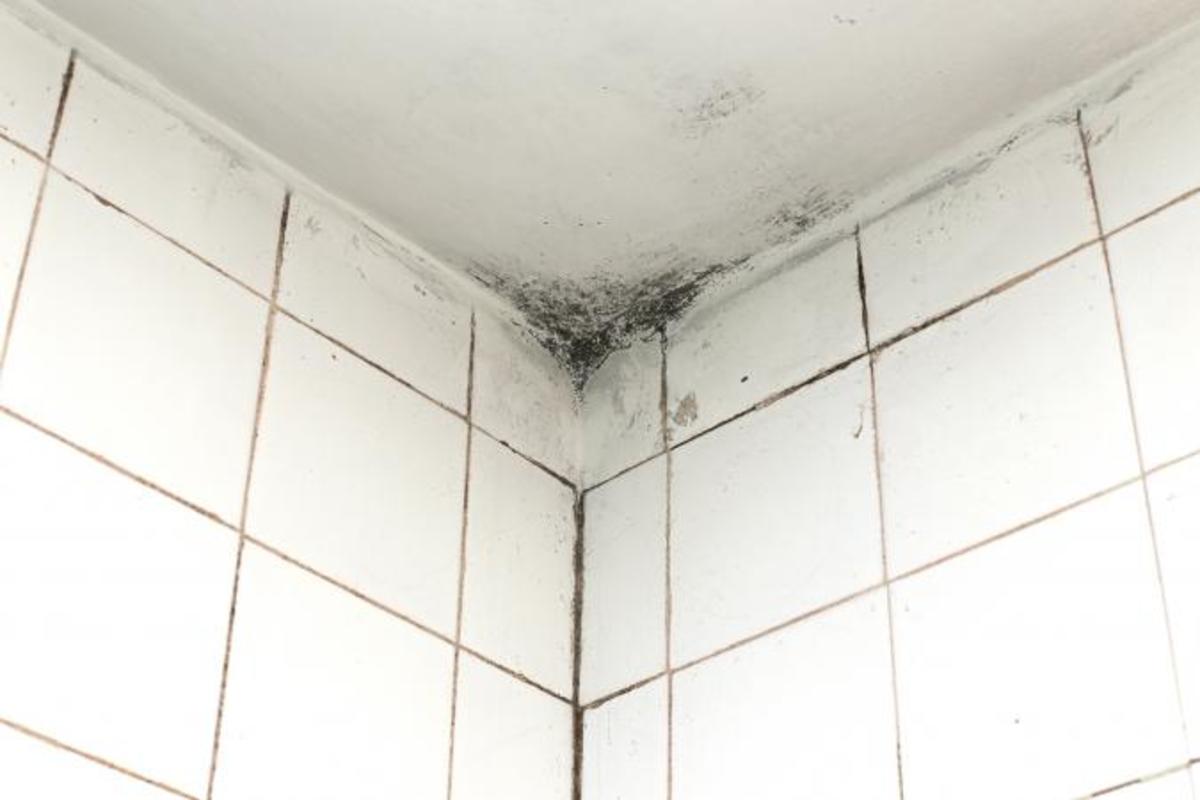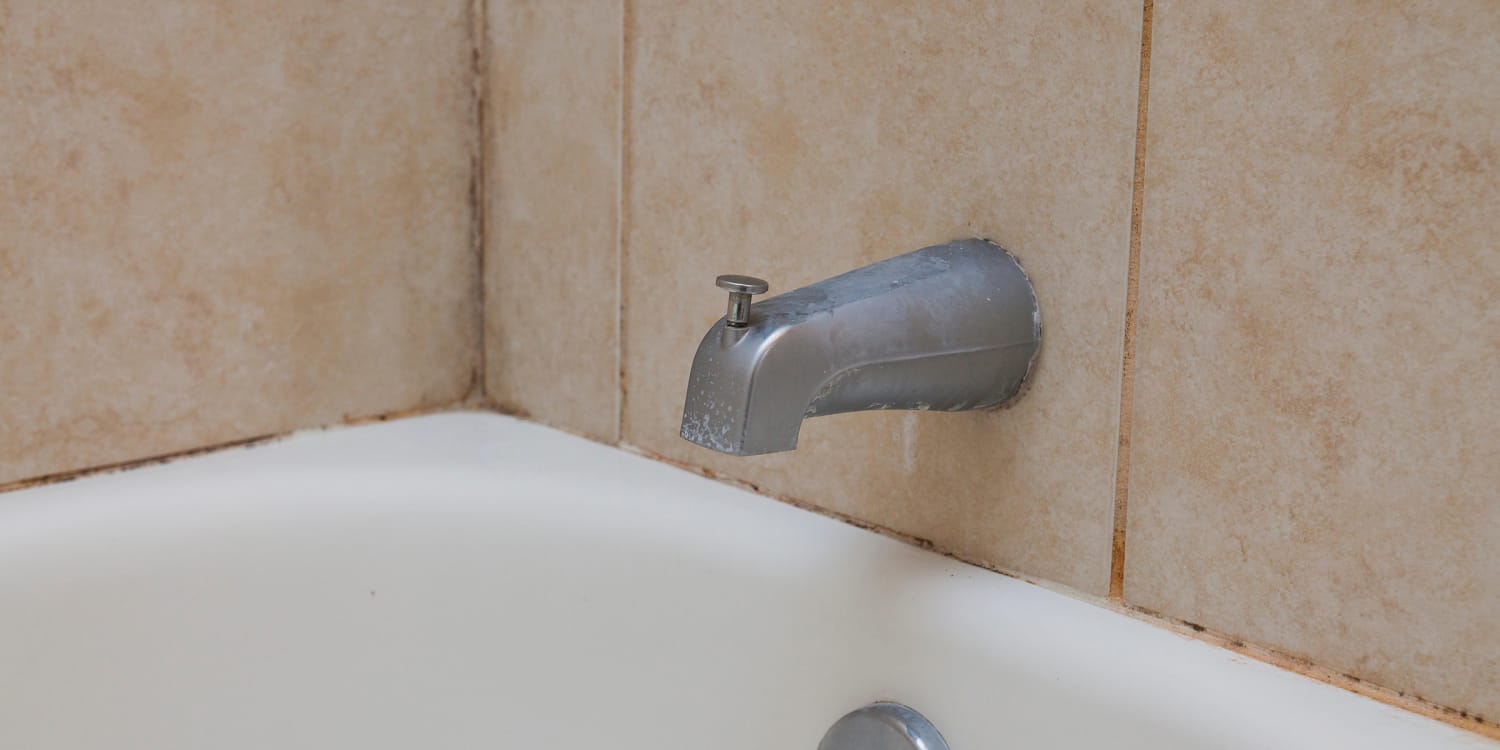Types of Mold on Bathroom Walls Paint

Mold on bathroom walls paint – Mold is a type of fungus that can grow on any surface, including bathroom walls paint. It thrives in moist, warm environments, which makes bathrooms an ideal breeding ground for mold.
The unsightly mold on bathroom walls paint can be a persistent problem, especially in areas with high humidity. One effective solution is to install tongue and groove panels on the walls. These panels are made of moisture-resistant materials that can withstand the humid conditions of a bathroom, preventing mold growth.
By choosing tongue and groove panels, you can not only enhance the aesthetics of your bathroom but also effectively combat the issue of mold on bathroom walls paint.
There are many different types of mold that can grow on bathroom walls paint, but the most common include:
Aspergillus
- Aspergillus is a type of mold that is commonly found in bathrooms. It is often green or black in color and can cause respiratory problems in some people.
- Aspergillus can also cause allergic reactions, such as skin rashes and eye irritation.
Cladosporium
- Cladosporium is another type of mold that is commonly found in bathrooms. It is often brown or black in color and can cause respiratory problems in some people.
- Cladosporium can also cause allergic reactions, such as skin rashes and eye irritation.
Penicillium
- Penicillium is a type of mold that is commonly found in bathrooms. It is often blue or green in color and can cause respiratory problems in some people.
- Penicillium can also cause allergic reactions, such as skin rashes and eye irritation.
Stachybotrys, Mold on bathroom walls paint
- Stachybotrys is a type of mold that is commonly found in bathrooms. It is often black in color and can cause serious health problems, such as respiratory problems and lung infections.
- Stachybotrys can also cause allergic reactions, such as skin rashes and eye irritation.
The causes and conditions that contribute to mold growth on bathroom walls paint include:
- High humidity
- Poor ventilation
- Condensation
- Leaking pipes
- Dirty surfaces
Health Effects of Mold on Bathroom Walls Paint

Mold growth in bathrooms is a common problem that can pose significant health risks. Exposure to mold spores can trigger various health issues, particularly affecting the respiratory system, skin, and overall well-being.
Respiratory Health
Inhaling mold spores can irritate the respiratory tract, leading to symptoms such as coughing, wheezing, shortness of breath, and chest tightness. Individuals with asthma or other respiratory conditions are particularly vulnerable to mold exposure, as it can exacerbate their symptoms.
Skin Health
Direct contact with mold can cause skin irritation, redness, and itching. Prolonged exposure can lead to more severe skin conditions, such as dermatitis and infections.
Overall Well-being
Exposure to mold has been linked to a range of non-specific symptoms, including fatigue, headaches, difficulty concentrating, and mood swings. These symptoms can significantly impact overall well-being and quality of life.
Prevention and Reduction
Preventing mold growth and reducing exposure to mold spores are crucial for protecting health. Maintaining proper ventilation in bathrooms, controlling moisture levels, and cleaning surfaces regularly can help minimize mold growth. Additionally, using mold-resistant paints and sealants can further reduce the risk of mold formation.
Cleaning and Preventing Mold on Bathroom Walls Paint

Mold growth on bathroom walls paint can be a persistent problem, but it is essential to address promptly to maintain a healthy indoor environment. Cleaning and preventing mold growth require a multifaceted approach that involves removing existing mold and implementing measures to minimize future occurrences.
Cleaning Mold from Bathroom Walls Paint
Effectively cleaning mold from bathroom walls paint requires a systematic approach that includes the following steps:
- Identify the Type of Mold: Before attempting to clean mold, it is crucial to identify the type of mold present. Different types of mold may require specific cleaning solutions and techniques.
- Safety Precautions: Wear protective gear, such as gloves and a mask, to prevent mold spores from being inhaled.
- Prepare Cleaning Solution: Choose a cleaning solution appropriate for the type of mold and surface being cleaned. Common solutions include bleach, vinegar, or commercial mold removers.
- Apply Cleaning Solution: Apply the cleaning solution to the moldy area and allow it to sit for the recommended time, typically 10-15 minutes.
- Scrub and Rinse: Scrub the moldy area thoroughly with a sponge or brush to remove the mold. Rinse the area with clean water to remove any remaining cleaning solution or mold spores.
- Dry the Area: Dry the cleaned area thoroughly with a clean towel or fan to prevent moisture buildup and further mold growth.
Preventing Mold Growth on Bathroom Walls Paint
Preventing mold growth on bathroom walls paint requires addressing the underlying causes of moisture and humidity:
- Proper Ventilation: Ensure adequate ventilation in the bathroom by using an exhaust fan or opening windows during and after showers or baths.
- Moisture Control: Fix any leaks or moisture sources in the bathroom, such as dripping faucets or showerheads.
- Regular Cleaning: Regularly clean bathroom surfaces, including walls, floors, and fixtures, to remove moisture and prevent mold growth.
- Use Mold-Resistant Paint: Consider using mold-resistant paint in the bathroom, which contains antimicrobial agents that inhibit mold growth.
Mold on bathroom walls paint can be a frustrating problem, especially in humid climates. To prevent mold growth, it’s important to keep the bathroom well-ventilated and to clean the walls regularly with a mold-killing cleaner. If mold does appear, it’s important to remove it as soon as possible to prevent it from spreading.
One way to do this is to use a java bathroom wall cabinet. These cabinets are made of a water-resistant material that helps to prevent mold growth. They also have a built-in ventilation system that helps to keep the air circulating and prevent mold spores from forming.